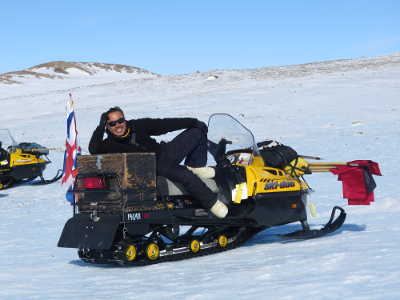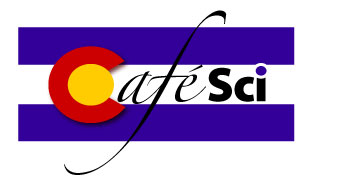About the topic
Bio
About the topic
Meteorite, n. A piece of rock or metal that has fallen to the earth's surface from outer space as a meteor.” Oxford English Disctionary.
NASA has been exploring the planets in our solar system in order to understand how it formed and where we ultimately come from. We have sent robotic spaceships to visit Pluto, and land and roam on the surface of Mars. We have even spent people to land on the Moon, all in the effort of putting our scientific instruments onto these worlds to discover how they formed, how they evolved and to ultimately better understand our planet. But what if we didn’t have to go to the planets? What if the planets came to us?
Although the plain language definition of a meteorite is simple enough to understand, hidden inside this noun is the verb “discovery”. These pieces of rock and metal have after all traveled hundreds of millions of miles to reach earth. More importantly, they are the actual pieces of the Moon, of Mars and asteroids that we can actually pick up and study with the most sophisticated scientific equipment humankind can bring to bear.
We’ll discuss what we can learn from meteorites, what they look like, and how you find them. And if that’s not interesting enough, there’s trying to do all of this in the breathtaking and barren sub-continent of Antarctica, which is integral to the story. But more on that at Café Scientifique.
Bio
 An astronomer and an avid pilot, Constantine Tsang is a planetary scientist at the Southwest Research Institute in Boulder.
An astronomer and an avid pilot, Constantine Tsang is a planetary scientist at the Southwest Research Institute in Boulder.
Born in Hong Kong and raised in Australia and England, he obtained his PhD in Physics at Oxford University studying the planets in our solar system, working specifically on Venus Express, a spacecraft that spent 9 years orbiting Venus.
He has worked on a variety of NASA missions since that have included a rover going to Mars, an orbiter around the Moon and the flyby of Pluto on NASA’s New Horizons spacecraft. He is also deeply involved with developing and flying payloads on commercial suborbital rockets that aims to revolutionize research and access in space for scientists and educators.
Recently, he had the opportunity to spend three months in Antarctica searching for meteorites for NASA. He can be found in Boulder airspace flying gliders and powered aircraft in his free time.
